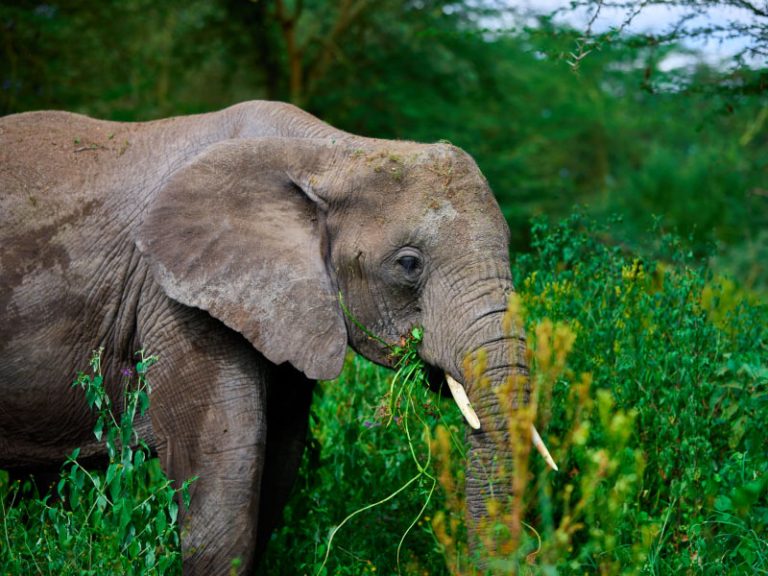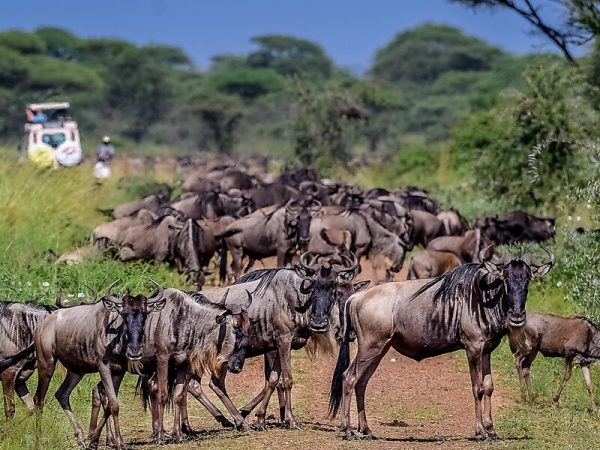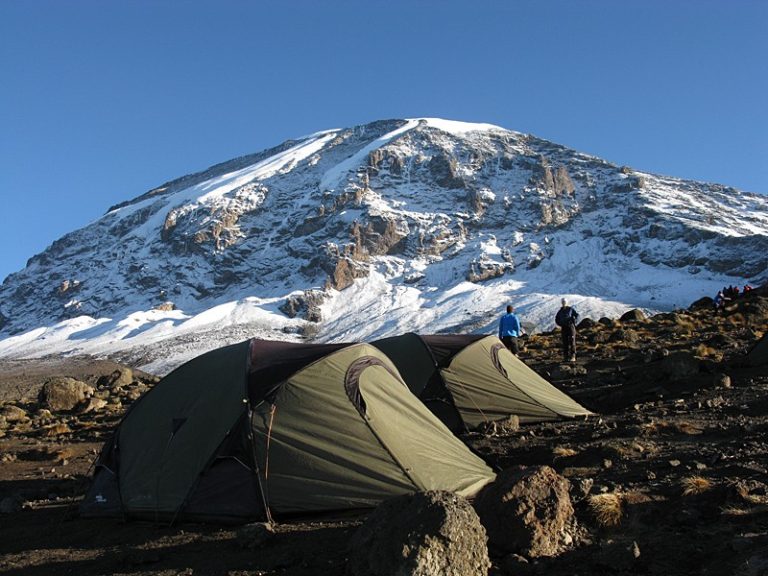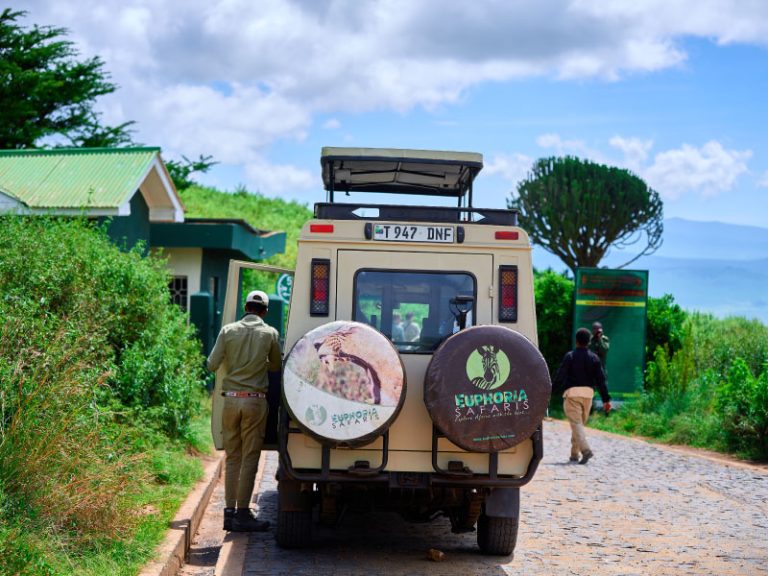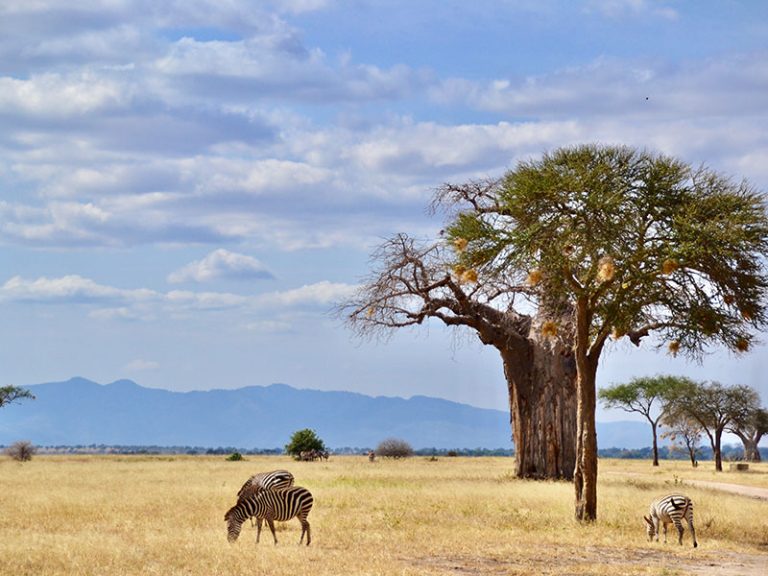Tanzania’s center and southern regions are home to Ruaha National Park. About a million people live in the town of Iringa, which is 130 kilometers away from the national park. Compared to Tanzania’s more well-known parks in the north, the southern parks are much less accessible and receive fewer visitors. Consequently, flying into Ruaha is the most convenient option. There are scheduled and chartered flights leaving from Dar es Salaam. Alternatively, you can get there in ten hours, including a layover.
A predator’s paradise
Ruaha National Park, one of Tanzania’s most fascinating parks, is large and isolated and doesn’t receive as many visitors as some parks in the north. In addition, a large variety of predators, including hyenas, leopards, lions, and even the uncommon wild hunting dogs, call it home. Ruaha offers unique experiences and rewards those who wander off the usual path. If you are on a rather tight budget and would like to have private safari experiences without sharing sightings with other tourists, Ruaha is the park for you.
Top Safari in the Southern
You may have traditional safari experiences at Ruaha National Park apart from a lot of other tourists and safari vehicles. Renowned for its abundance of predators, elephant population, diverse topography, walking safaris, and hot air balloon excursions. All you need to do is head south and abandon the well-traveled northern circuit!
It’s simple to see why a Ruaha safari is so alluring: It’s a sizable national park with a variety of terrain that support a wide range of wildlife species. There are amazing wildlife sightings here! There are also comparatively limited lodging options available at the same time. Because of this plus the fact that Ruaha is located far from the well-known Serengeti and Ngorongoro Crater in the rural southern region of Tanzania, hardly many people visit Ruaha.
What makes Ruaha Special?
Outstanding animal observations in varied environments with less crowds of visitors contribute to unique safari encounters.
Owing to its isolation, Ruaha is a favorite among frequent travelers and ardent safari enthusiasts who have already visited Tanzania.
But, you can choose to fly to Ruaha and land at one of the bush airstrips inside the park if you would like to visit Ruaha without missing the Serengeti and Ngorongoro.
WHEN TO VISIT
Ruaha National Park is best visited during the dry season, as is the case with many safari destinations. The formidable Ruaha River is one of the few places where animals can find water between the end of June and November, making it a prime location for amazing wildlife sightings. The roads are dry and easier to drive on, and the weather is sunny and warm but not oppressive. Rainfall occurs between mid-December and March, with an earlier onset than on the Northern Circuit. Because so many migratory birds are visible during the rainy season, it’s a terrific time to go birdwatching. Planning beforehand is crucial because some lodgings in Ruaha National Park temporarily close during the rainy low season.
Secluded and exclusive, ideal for photographers and safari enthusiasts
Ruaha National Park is approximately four hours’ drive from Iringa, a town of around one million residents. And more than twice as far away from Dar es Salaam, a beach city. This is what makes Ruaha National Park unique, despite the fact that getting there isn’t exactly simple. It contains all the components of the ideal, traditional safari: great animals, diverse scenery, and private lodging. Although less than you may find in the well-known northern parks near Arusha in terms of both cars and visitors. In case you’re a photographer or an avid safari enthusiast seeking a genuine encounter, we suggest thinking about visiting Ruaha.
Things to do
Classic daytime game drives are Ruaha National Park’s major attraction. With so few tourist cars, it’s a great place for photographers to capture unspoiled scenery. You will stroll among the massive baobab trees with an expert guide while on a walking safari. A unique experience, hot air balloon safaris allow you to soar over gorgeous early-morning scenery as the sun rises.
